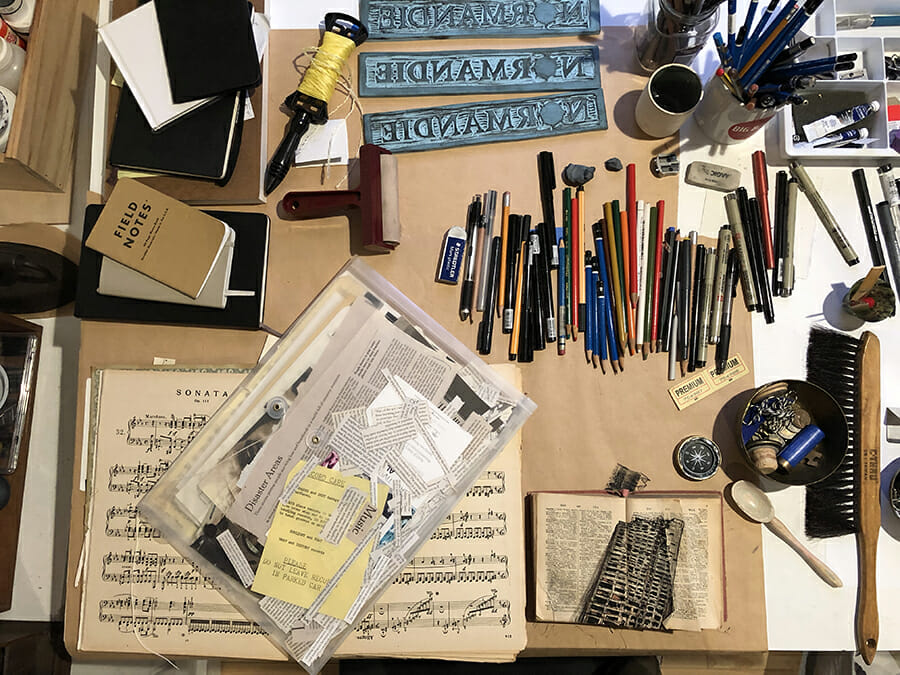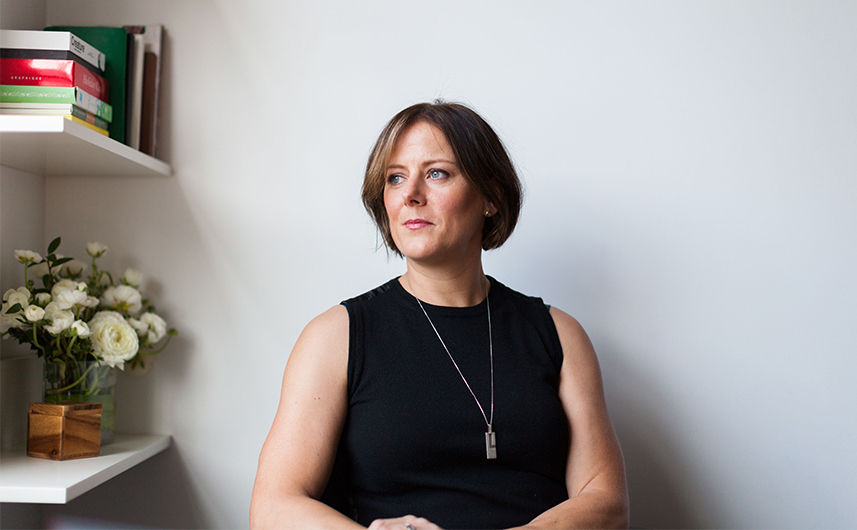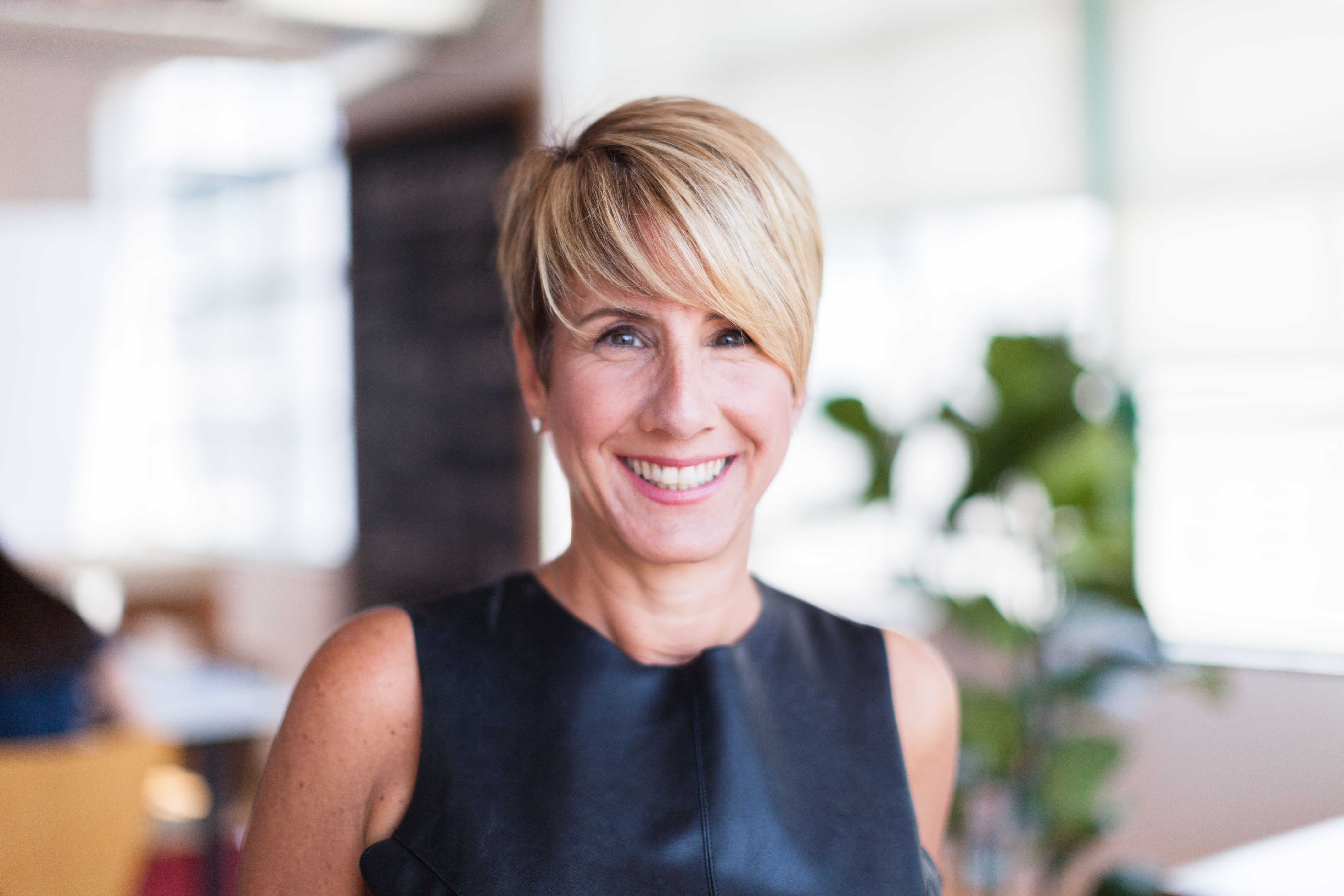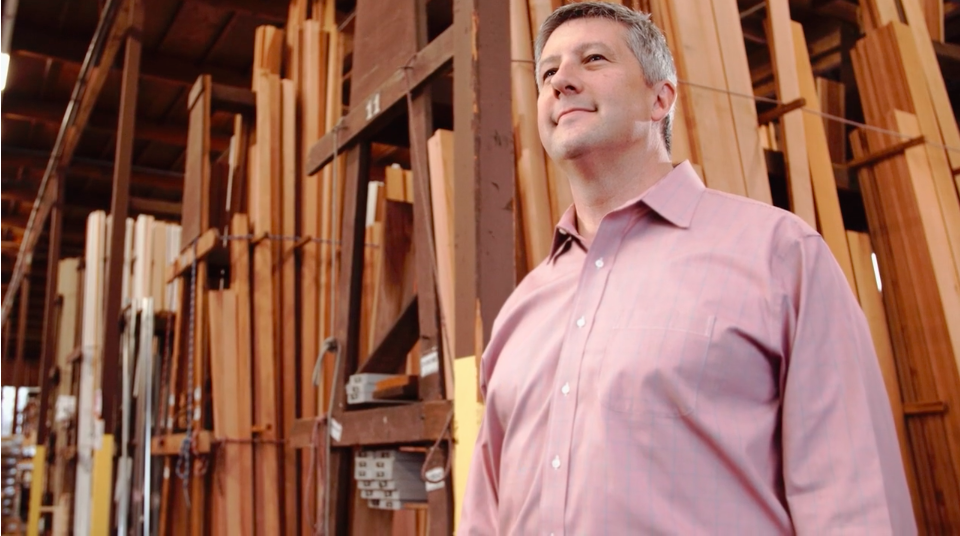Atmosphere. Vibe. Energy. Mood. That certain je ne sais quoi. It’s often difficult to describe a company’s culture, but you can feel it the second you walk in the door. Rajeev Bhardwaj described work culture as “an intangible ecosystem that makes some places great to work and other places toxic.” BambooHR says it’s “like a set of miniature societies within a larger society, and their cultures are expressions of the work they perform, the values they adopt, and the collective behaviors of the people who work for them.”
Culture can bring strategy to life, ignite business success, and contribute to some truly raucous holiday parties. The wonderful and terrifying thing about culture is that you can’t really control it. Executives can shape, model, or guide behavior, but true culture is defined from the employee out. Today, we’re having a roundtable discussion about culture: its definition, its importance, and its influence on our work.
Bella Banbury, Founding Partner
I think about culture as the connective tissue that keeps employees connected to each other and their work. It is vital. Nothing functions well without it, people start pulling in different directions, pain points are elevated, people start focusing on the wrong things and losing sight of what matters. Everyone loses. Culture is unique to the set of people involved and the environment you work in. You have to recognize that people are different, need different things, perform in different ways, contribute in different ways. Let it grow and change based on the unique set of circumstances that are present. Make time for it. Water it.
Saja Chodosh, Strategist
I think of work culture as the personality of a workplace. When you bring a bunch of diverse, unique people together to work around common goals – what bubbles up? How does “the team” operate, think, work, and live as one? Work culture means a lot to me. I want to work for a company where I feel like who I am meshes with and drives the greater personality, goals, and aspirations of the company as a whole. I think culture is influenced by small behaviors, ways of interaction, little moments, that add up to something big. The culture at Emotive Brand is vivacious, always moving, passionate, bold. We are a team that blends hard work, strong viewpoints, and personal integrity with a sense of ever-flowing empathy, generosity, and collaboration. The occasional tequila bonding, too.
Keyoni Scott, Designer
Culture is incredibly important because I think it’s the lifeline you look to when things are stressful. When things are intense, culture is a reminder of why you’re working so hard. It can uplift your day and keep you focused. I’ve never been in a cubicle job, thankfully, but one of the things I love about Emotive Brand is that you’re invited to be yourself. Your voice is heard and I don’t feel afraid to be myself. You’re given space to try, to mess up, and to solve the problem at hand.
Jonathan Haggard, Senior Designer
I think the Bay Area, in general, can have a very demanding work culture. Unfortunately, many companies intentionally provide a culture of excessive work and dependence. I think there needs to be a paradigm shift in how we approach the relationship between people and work. In order to win the war on talent, employers should be willing to embrace remote work, flexible time tables, and promote quality over quantity. So much of traditional work culture is about projecting a façade of productivity for eight-plus hours. I would much rather engage in a culture that cultivates a vibe of doing your best work, and when you’re done, be encouraged to live a full life outside of the office. You end up getting better work in the long run.
Shannon Caulfield, Project Manager
For me, culture is one of the most crucial things about running a business. You build the right culture by hiring people you believe can further promote a company’s vision and mission, and finding people whose values are aligned. But an aligned culture doesn’t mean everyone thinks the same – there’s so much value in diversity of thought. You get to learn so much every day by surrounding yourself with people from different backgrounds and walks of life. It leads to much more creative solutions. We have a very close-knit and collaborative culture at Emotive Brand. Everyone is always willing to lend a helping hand, regardless of what role you have here. You know when you come to work, you’re not alone.
Monica Colver, Studio Manager
Cultivating a healthy work culture is important so that employees feel engaged, appreciated, and motivated to do their best work possible. Instilling a sense of community in the workplace is vital because work is where we spend the majority of our waking hours, so we might as well improve our quality of life by improving our relationships with our colleagues. The culture at Emotive Brand takes that sentiment to heart. We are a close-knit team, and as the Studio Manager, I am always seeking out new ways to facilitate connection within our team: organizing trips to museums, group hikes, rallying the team for spontaneous happy hours, as well as simply making a point of learning about everyone’s interests and personal projects.
Beth Abrahamson, Senior Designer
A positive work culture is not only essential to employee happiness, but can improve relationships with clients and the quality of the work itself. There is real value in intentionally creating space to get to know the people you work with every day. Bella and Tracy are major proponents of bringing your whole self to work, and encourage all of us to share our personal interests and passions, which ultimately creates a more vibrant and dynamic culture at Emotive Brand.
Emotive Brand is a brand strategy and design firm in Oakland, California.






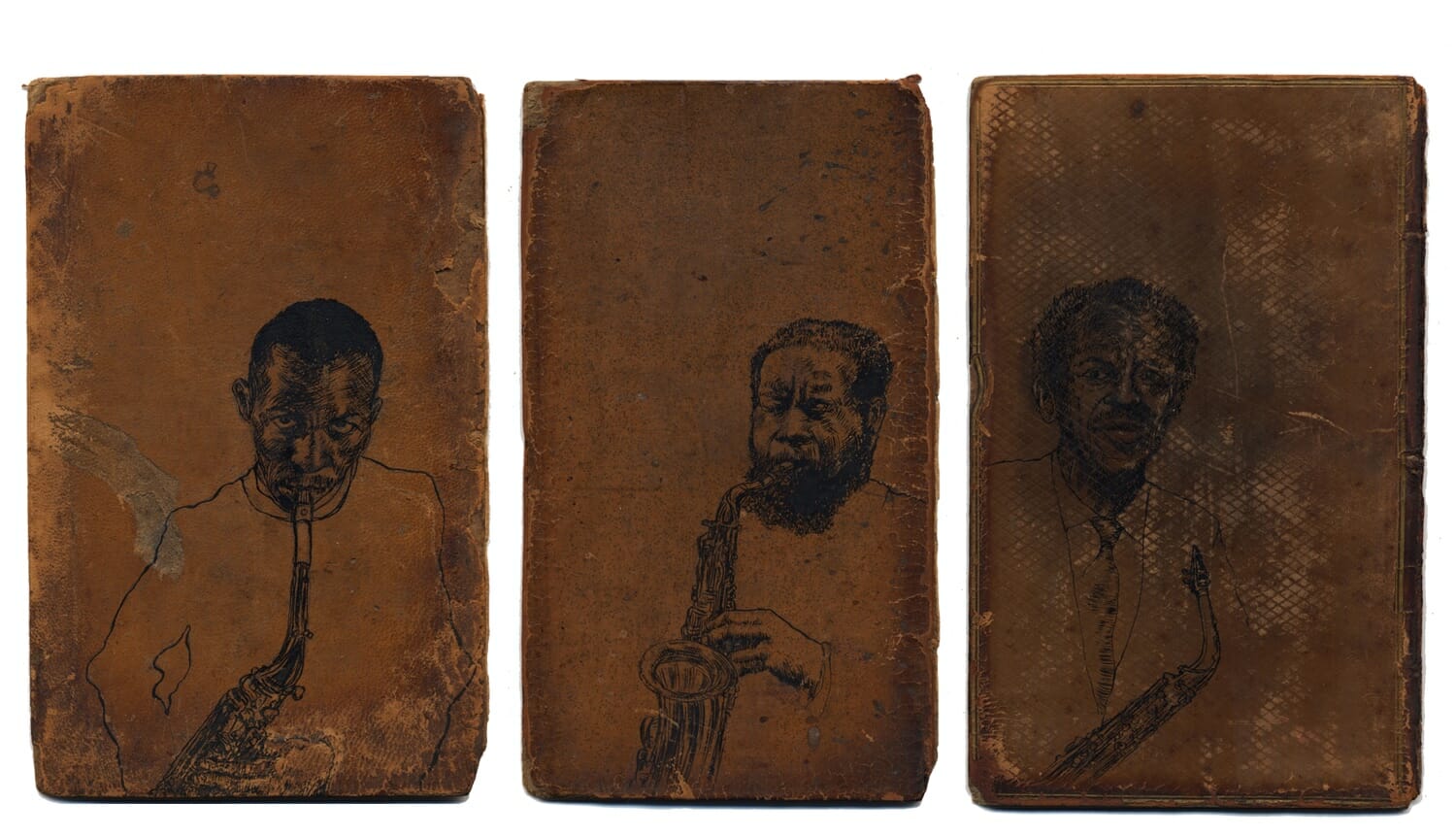
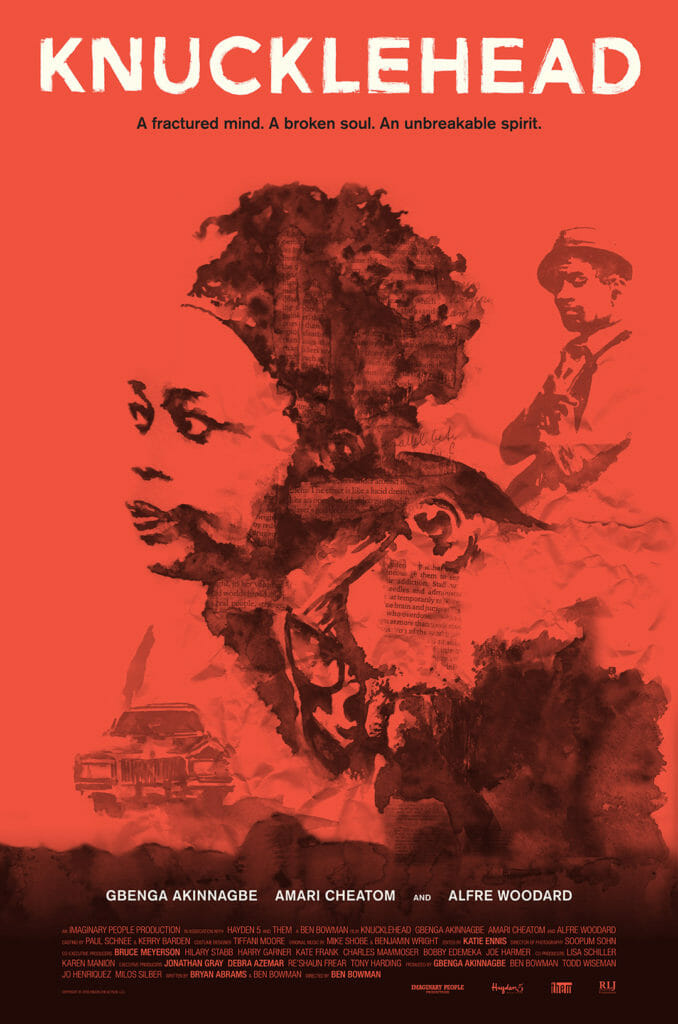
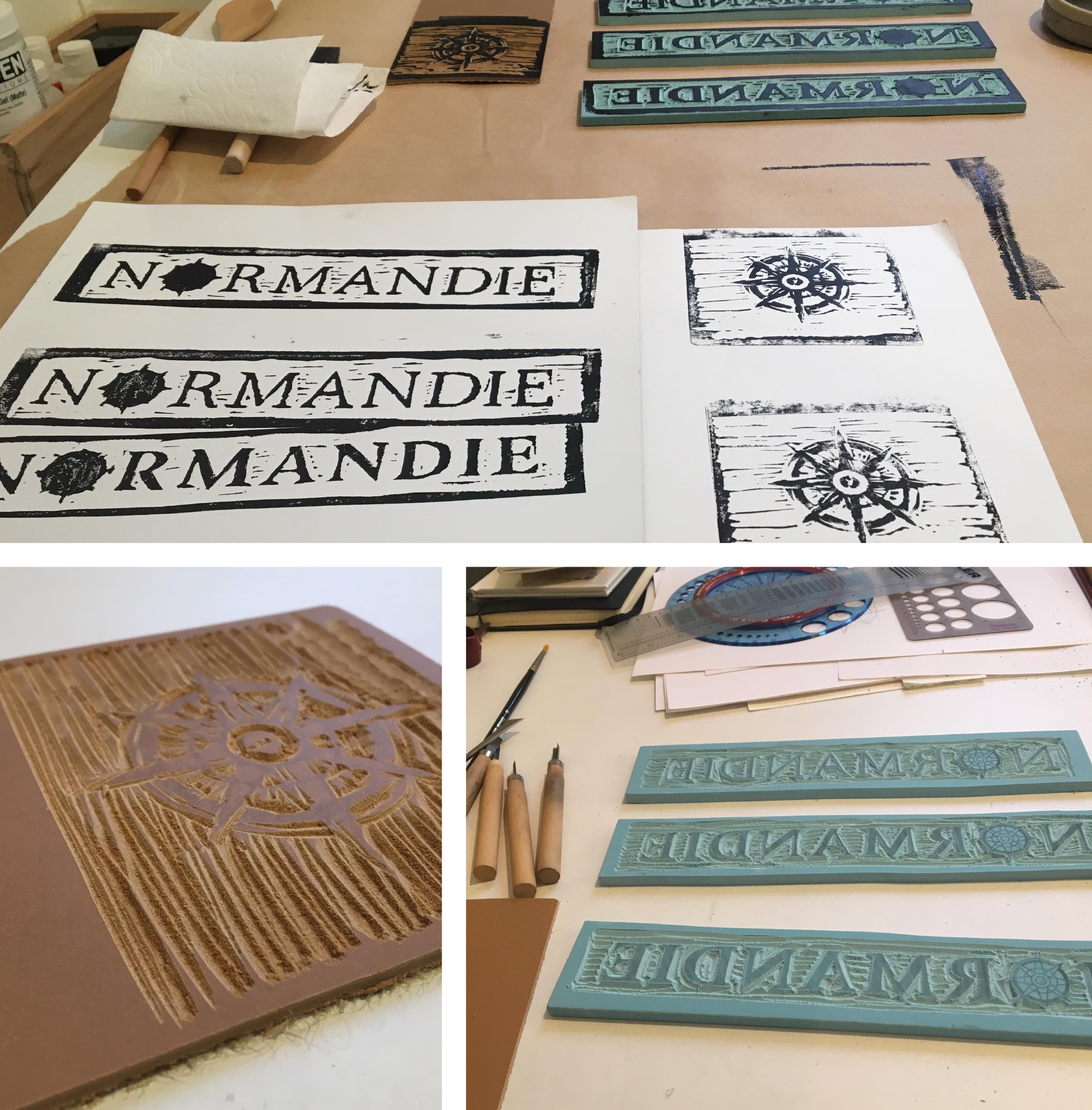
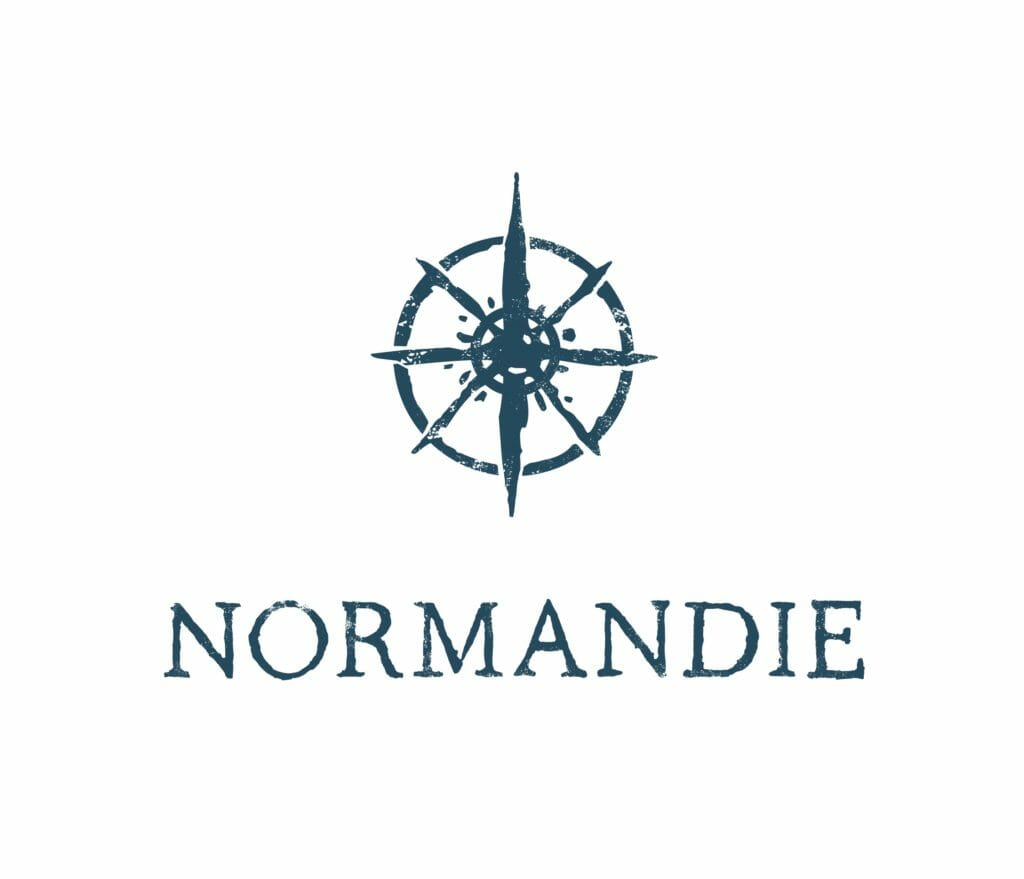 How can say, a B2B tech company, get out of their comfort zone and let outside creativity bolster their offering?
How can say, a B2B tech company, get out of their comfort zone and let outside creativity bolster their offering?